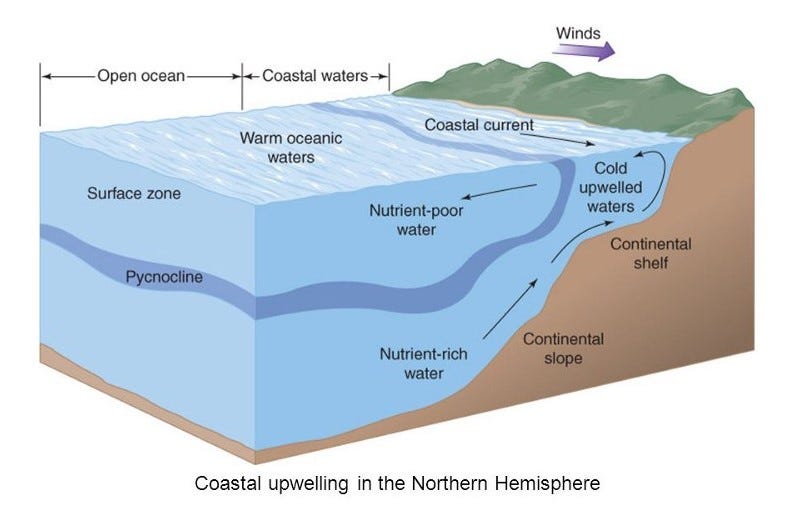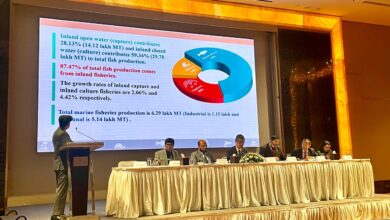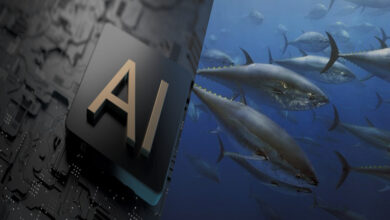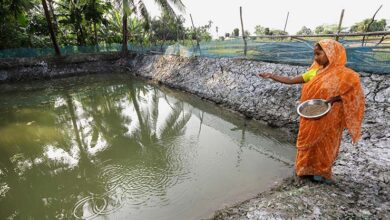
What is upwelling?
The process known as upwelling occurs when currents from winds and Earth’s rotation push cold, deep water to the ocean’s top. Both around coastlines and in open waters, upwelling happens. When surface water builds up along a coastline due to wind, the opposite process known as “downwelling” also takes place, with the surface water finally sinking toward the bottom. Upwelling causes water to ascend to the top, where it is usually cooler and nutrient rich. Surface waters are “fertilized” by these nutrients, which indicates that they frequently have high biological production. Consequently, areas with frequent upwelling are usually home to excellent fishing spots.
What is the cause of ocean upwelling?
From west to east, the Earth spins on its axis. Winds in the northern hemisphere tend to veer right due to this rotation, while in the southern hemisphere they veer left. This phenomenon, referred to as the Coriolis effect, is mostly to blame for upwelling along the shore. In addition to pushing surface water aside, the wind patterns produced by slow-moving cyclones can also result in upwelling just beneath the cyclone’s eye. Over time, the cyclone becomes weaker due to the colder water.
Effects of upwelling on aquatic ecosystem:
The process of upwelling, which results from the wind-induced divergence of surface currents along the coast, is crucial to the health of the ocean ecosystem because it transports nutrients from the ocean floor to the euphotic layer. Large zooplankton populations and other marine animals are sustained by phytoplankton blooms, which are a result of these upwelled waters. Because of this, some of the most productive areas of the world’s seas are the main upwelling regions. Furthermore, as coastal upwelling is crucial in mediating a number of air-sea fluxes, including the air-sea CO2 flow, it is imperative to comprehend coastal upwelling.
The decomposition of settling organic waste releases nutrients into the water, which makes bottom water more nutrient-rich, less oxygenated, and cooler owing to reduced sunlight. The nutrients in this water contribute to the energy of an ecosystem powered by high primary production when it is drawn to the surface and exposed to sunshine. Animal life in the area is impacted by upwelling. Many fish and invertebrates develop into tiny larvae, which can spend a lot of time drifting in ocean currents. The larvae may be washed far offshore by a powerful upwelling event, jeopardizing their survival. The quality of an organism’s hard shell is diminished, and its capacity to interact with others and react to predator cues is altered, among other negative effects on marine life caused by this shift in seawater chemistry.
Farhana Islam
Agriculturist, Researcher
Fisheries Resource Management, CVASU




